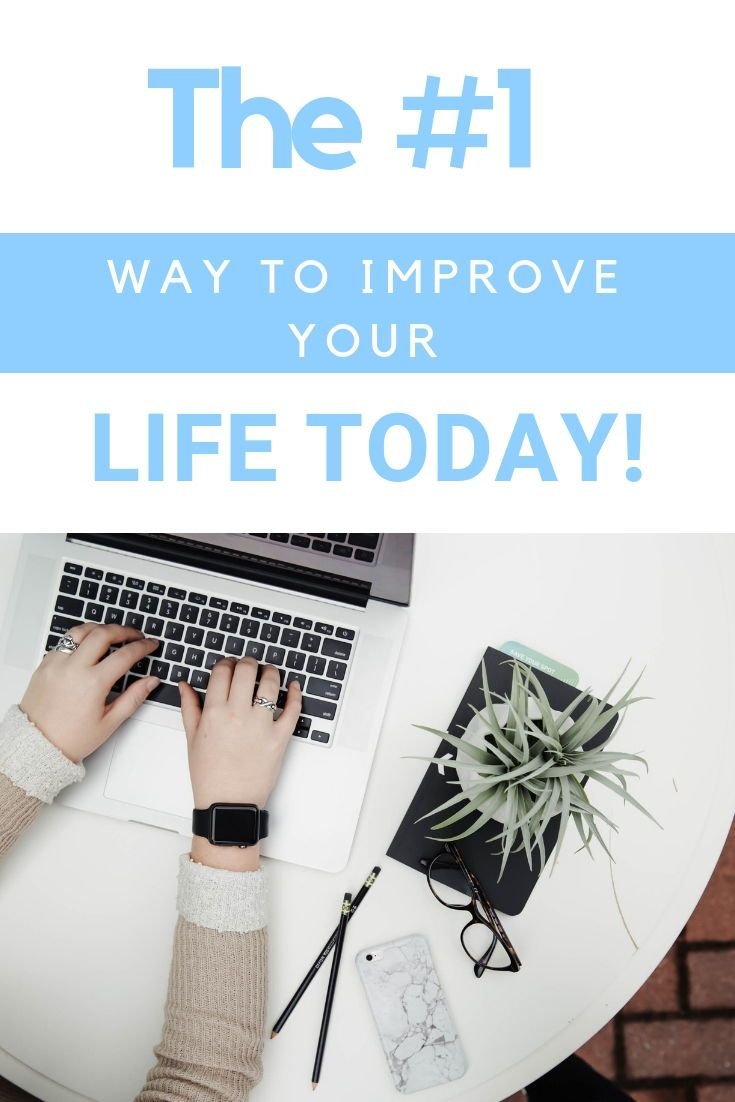The digital age has revolutionized how we connect, work, and engage with the world—but it has also introduced new challenges into our lives and relationships. By 2025, digital habits have become deeply intertwined with daily routines, influencing our mental health, productivity, and interactions with others. The ability to forge a balanced relationship with technology has emerged as a defining aspect of personal and professional success.
This article explores the profound impact of digital habits on our daily lives and relationships. We’ll discuss their effects on mental health, productivity, and interpersonal connections, while also highlighting strategies to cultivate healthier digital behaviors.
The Power and Perils of Digital Habits
Digital Habits as a Double-Edged Sword
Digital habits have brought convenience and connectivity to unprecedented levels. From managing work emails on the go to nurturing long-distance relationships through video calls, technology has enriched our lives in countless ways. However, the same tools that connect us can also lead to challenges such as distraction, stress, and shallow social interactions.
- Positive Outcomes: Improved access to information, increased efficiency, and avenues for remote work and global collaboration.
- Negative Outcomes: Screen fatigue, reduced attention spans, and a sense of detachment from real-world relationships.
Social Media and Its Role in Shaping Behavior
Social media platforms play a central role in shaping digital habits. By 2025, over 4.9 billion people worldwide actively use social media, engaging with content ranging from personal updates to global news. While these platforms foster community and provide entertainment, they also spark issues like FOMO (fear of missing out), comparison culture, and cyberbullying.
Key statistics for context:
- 37% of users experience anxiety linked to social media content, according to the Cyberbullying Research Center.
- 1 in 3 teenagers reports feeling worse about themselves after using social media.
How Digital Habits Impact Productivity
Constant Connectivity and Distraction
While digital tools enhance productivity, they can also become significant distractions. The constant barrage of notifications, emails, and app updates can fragment focus and disrupt deep work. Studies show that it takes an average of 23 minutes and 15 seconds to regain focus after an interruption.
Practical Strategies to Combat Digital Distractions:
- Use app timers to limit non-essential screen time.
- Adopt strict “no-tech” zones during work hours.
- Batch process emails instead of checking them continuously throughout the day.
Digital Tools That Boost Efficiency
Technology, when harnessed mindfully, can significantly enhance productivity. Tools for project management, time tracking, and automation reduce repetitive tasks and free up time for meaningful work. For example, platforms like Trello and Slack promote streamlined collaboration, while apps like Forest encourage focus by gamifying the act of staying away from distractions.
Mental Health and Digital Consumption
The Hidden Costs of Overuse
By 2025, researchers have drawn clear correlations between excessive screen time and mental health challenges, including anxiety, stress, and depression. The dopamine-driven feedback loops of social media platforms amplify addictive behaviors, while algorithmic content delivery can reinforce negative emotions.
- Studies reveal a 25% increase in anxiety among heavy social media users.
- Prolonged exposure to negative content leads to “doom scrolling,” which erodes mental well-being by increasing cortisol levels.
The Role of Digital Detoxing
Digital detoxing—the practice of intentionally unplugging from technology for set periods—has gained traction as a remedy for the psychological toll of constant connectivity. Even brief detoxes can lead to substantial mental health benefits, including reduced stress and improved sleep quality.
Detox Tips:
- Begin with short, two-hour intervals without devices.
- Designate certain times of day as tech-free, such as during meals or right before bed.
- Replace screen time with hobbies like reading, exercising, or spending time in nature.
How Digital Habits Are Reshaping Relationships
Fostering Connections Through Technology
Digital platforms have made it easier than ever to maintain long-distance friendships, collaborate across time zones, and reconnect with loved ones. Video conferencing, instant messaging, and social networks enable dynamic relationships that transcend geographic boundaries.
Example: Virtual family reunions have become increasingly common, allowing relatives spread across continents to come together in meaningful ways despite physical separation.
Struggles in Balancing Online and Offline Connections
On the flip side, overreliance on digital communication can weaken face-to-face relationships. It’s common to encounter families where dinner conversations are replaced by smartphone scrolling. A 2024 survey revealed that 67% of respondents struggle to be fully present with loved ones due to their phone usage.
How to Balance Digital Interactions:
- Put devices away during meals and family gatherings to encourage meaningful conversations.
- Establish screen-free evenings to prioritize in-person bonding.
- Use technology intentionally to strengthen, not replace, your real-world relationships.
Cultivating Healthier Digital Habits
Practicing Mindful Digital Engagement
Mindfulness plays a critical role in creating balanced digital habits. By setting intentions for online interactions and curating digital environments, individuals can minimize the negative impacts of technology while reaping its benefits.
Tips for Mindful Technology Use:
- Customize social media feeds to remove toxic or anxiety-inducing content.
- Limit notification settings to prioritize meaningful communications.
- Regularly audit screen time reports to stay aware of your usage patterns.
Digital Minimalism as a Lifestyle
The concept of digital minimalism emphasizes using technology with purpose and clarity, focusing on the tools that enhance your life while eliminating unnecessary distractions.
Key practices include:
- Decluttering devices by uninstalling unused applications.
- Using tools like password managers and automation software to improve efficiency and security.
- Opting for analog alternatives—like physical books or handwritten notes—when possible.
The Future of Digital Habits
Emerging Trends in 2025
- AI-Driven Well-Being Apps
Platforms like Calm and Headspace are integrating artificial intelligence to deliver highly personalized mindfulness experiences, aligning with individual stress levels and mental health needs.
- Gamification of Healthy Habits
Gamified apps that reward users for limiting screen time or practicing mindfulness are gaining popularity, addressing both productivity and self-care.
- The Move Toward Digital Balance
Governments and organizations are increasingly advocating for policies that promote well-being, such as mandatory screen breaks in workplaces and education on digital hygiene in schools.
Actionable Takeaways for a Balanced Digital Life
- Evaluate your digital habits and identify areas for improvement.
- Dedicate time each week for digital detox activities and offline hobbies.
- Foster relationships by prioritizing in-person interactions over digital ones when possible.
Final Thoughts
Digital habits are shaping the way we live, work, and connect, making it essential to cultivate mindful practices. By striking a balance between online engagement and real-world experiences, we can harness the benefits of technology while mitigating its downsides.
The power to redefine our digital lives starts with conscious choices. By implementing the strategies outlined here, you can create a healthier, more fulfilling relationship with technology in 2025 and beyond.




